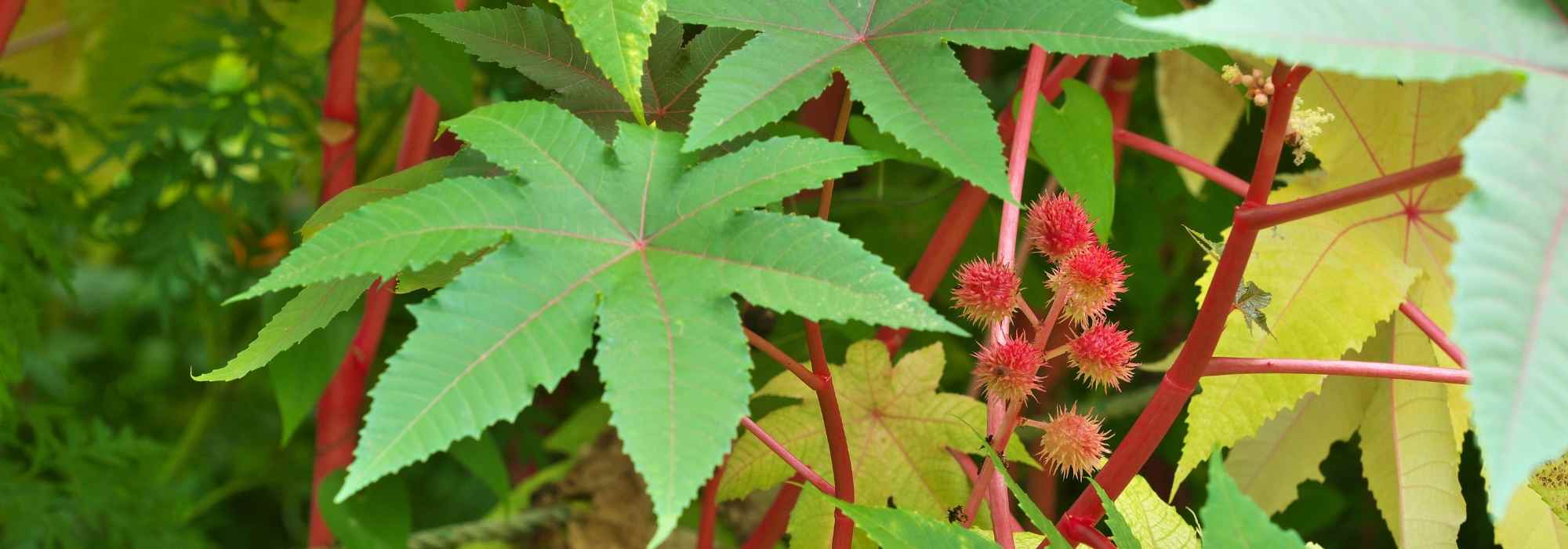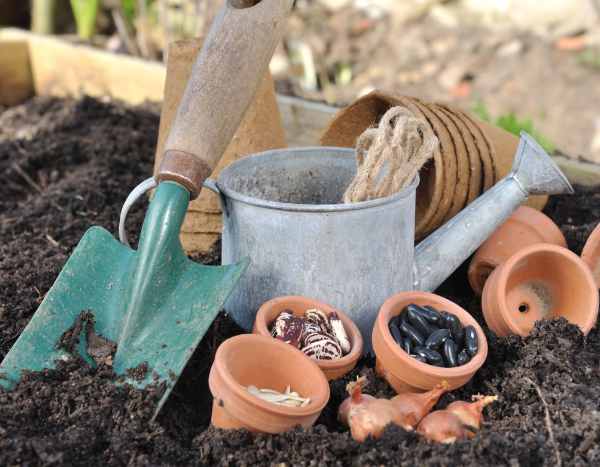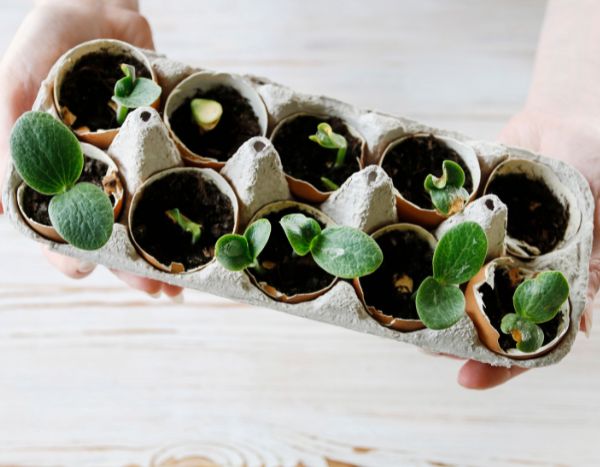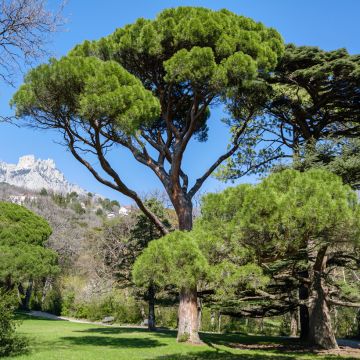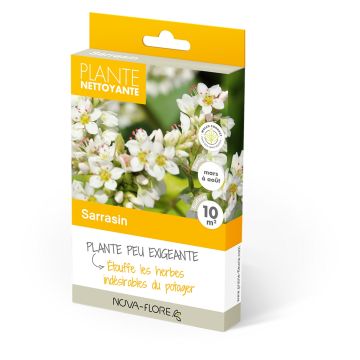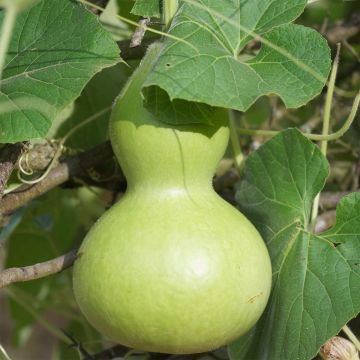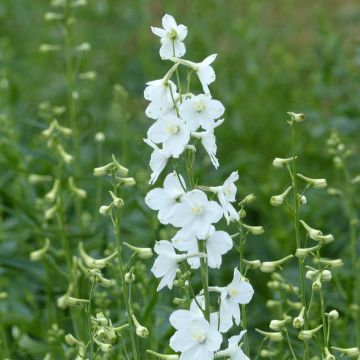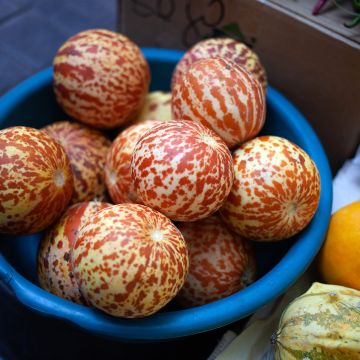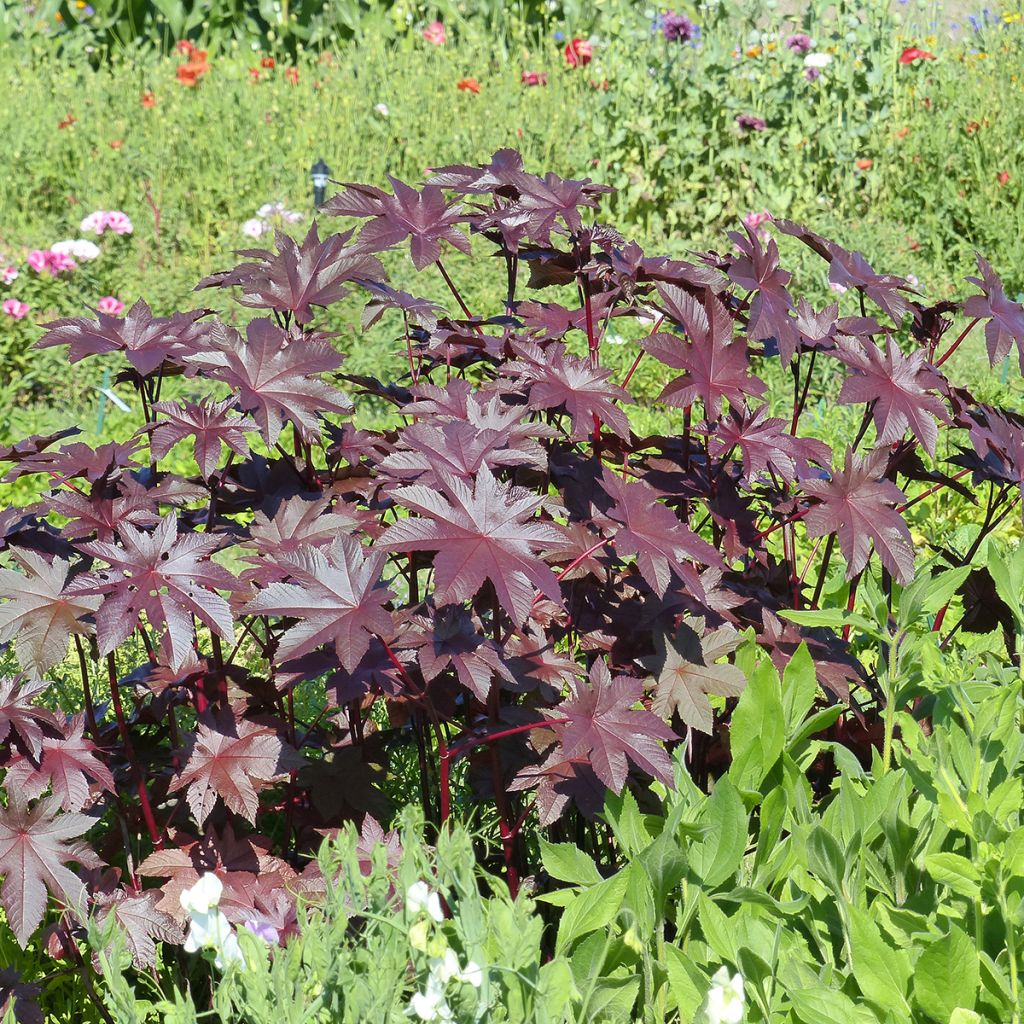

Ricinus communis New Zealand Purple seeds - Castor Bean
Ricinus communis New Zealand Purple seeds - Castor Bean
Ricinus communis 'New Zealand Purple'
Castor Oil Plant, Castor Bean
Special offer!
Receive a €20 voucher for any order over €90 (excluding delivery costs, credit notes, and plastic-free options)!
1- Add your favorite plants to your cart.
2- Once you have reached €90, confirm your order (you can even choose the delivery date!).
3- As soon as your order is shipped, you will receive an email containing your voucher code, valid for 3 months (90 days).
Your voucher is unique and can only be used once, for any order with a minimum value of €20, excluding delivery costs.
Can be combined with other current offers, non-divisible and non-refundable.
Home or relay delivery (depending on size and destination)
Schedule delivery date,
and select date in basket
This plant carries a 6 months recovery warranty
More information
We guarantee the quality of our plants for a full growing cycle, and will replace at our expense any plant that fails to recover under normal climatic and planting conditions.
Would this plant suit my garden?
Set up your Plantfit profile →
Description
The Ricinus communis ‘New Zealand Purple’, sometimes sold as ‘New Zealand Black’, is an extraordinarily ornamental plant due to its large palmate leaves of an intense dark violet, almost black. Native to tropical regions, this common castor plant captivates gardeners worldwide with its exotic appearance, its rapid growth and its stately presence in borders or on terraces. Not frost-hardy, this plant is cultivated as an annual in our temperate climates. Sowing is done in spring, under cover from March or in open ground after the frosts.
The Castor 'New Zealand Purple' belongs to the Euphorbiaceae family. Native to tropical Africa, particularly Ethiopia, Eritrea and Somalia, the type species Ricinus communis has become naturalised in many warm regions of the globe.
The cultivar 'New Zealand Purple' exhibits extremely rapid growth and an upright habit. In open ground, the plant reaches 1.50 to 2.50 m in height in a single season, or even up to 2.70 m under ideal conditions (rich soil, heat and abundant sun). Grown in a pot, its size is more modest, varying between 1.20 and 2 m depending on the soil volume and care provided. The highly decorative, palmate and deeply lobed leaves have 5 to 11 dentate lobes. They can reach up to 60 cm in diameter. Their colour varies from reddish-purple to deep purple, almost black, especially in full sun. The surface of the lamina is shiny, with metallic reflections enhancing the exotic effect of the foliage. The thick, hollow and sturdy stems display a dark red to purple colour matching the foliage. The summer flowering, between June and August takes the form of upright terminal clusters. At the base of each cluster are the male flowers, with clearly visible yellow stamens, while the female flowers, positioned higher up, have bright red pistils. Pollination is mainly carried out by the wind, but some insects may also participate.
The fruits are spherical capsules with 3 shells bristling with soft spines, measuring approximately 3 cm long by 1.5 cm wide. They display a purple or dark red hue matching the rest of the plant. At ripeness, these capsules open to release mottled brown, red or black, shiny and oval seeds. These seeds contain up to 60% oil rich in ricinolein, used industrially.
WARNING: All parts of the plant are toxic, but the seeds are particularly dangerous due to their content of ricin, a very potent toxin. It is essential to handle this plant with care and keep it away from children and animals. Historically, the castor plant has been used since antiquity, notably by the Egyptians, for the extraction of its oil with purgative and cosmetic properties. Despite its toxicity, castor oil is used in various applications, from traditional medicine to the manufacture of lubricants and cosmetic products.
The Castor 'New Zealand Purple' does not go unnoticed with its spectacular foliage and imposing silhouette. Perfect for creating a tropical or contemporary atmosphere, it stands out as a structural plant, both in borders and as a standalone specimen or planted in a large pot on a sunny terrace. It is interesting for dressing the back of a border, concealing a wall or fence, or adding volume to a summer display. It pairs wonderfully with light or silvery foliage like that of artemisias, harmonises well with the warm tones of cannas, dark-leaved dahlias or daylilies. Its purplish foliage also creates a beautiful contrast with golden yellow or bright orange flowers or with lime green foliage like that of Cotinus coggygria ‘Golden Spirit’. In an ornamental kitchen garden, it offers a beautiful verticality and highlights humble cabbages and other leeks.
Flowering
Foliage
Plant habit
Safety measures
Botanical data
Ricinus
communis
'New Zealand Purple'
Euphorbiaceae
Castor Oil Plant, Castor Bean
Ricinus communis New Zealand Black
Cultivar or hybrid
ingestion
Cette plante est toxique si elle est ingérée volontairement ou involontairement.
Ne la plantez pas là où de jeunes enfants peuvent évoluer, et lavez-vous les mains après l'avoir manipulée.
Pensez à conserver l'étiquette de la plante, à la photographier ou à noter son nom, afin de faciliter le travail des professionnels de santé.
Davantage d'informations sur https://plantes-risque.info
Planting and care
'New Zealand Purple' Castor can be sown:
- Either in March-April, in pots, under shelter at 20°C, to prepare young plants that can be placed in your borders after the last frosts.
- Or from April to June, after the frosts, directly in situ. In a sunny spot in your garden, in fertile and well-drained soil.
Soak the seeds for 24 hours to soften them. Sow your seeds in groups of 2 at a depth of 1 cm and spaced 1m apart in open ground. After 20 days, remove the weakest shoot to keep only one per location. The vigorous growth of the Castor will require regular watering on very rich soil. You can apply granular or liquid fertiliser. Avoid planting your castor plants in windy locations. If this is the case, they will need staking.
Sowing period
Intended location
Planting & care advice
This item has not been reviewed yet - be the first to leave a review about it.
Similar products
Haven't found what you were looking for?
Hardiness is the lowest winter temperature a plant can endure without suffering serious damage or even dying. However, hardiness is affected by location (a sheltered area, such as a patio), protection (winter cover) and soil type (hardiness is improved by well-drained soil).

Photo Sharing Terms & Conditions
In order to encourage gardeners to interact and share their experiences, Promesse de fleurs offers various media enabling content to be uploaded onto its Site - in particular via the ‘Photo sharing’ module.
The User agrees to refrain from:
- Posting any content that is illegal, prejudicial, insulting, racist, inciteful to hatred, revisionist, contrary to public decency, that infringes on privacy or on the privacy rights of third parties, in particular the publicity rights of persons and goods, intellectual property rights, or the right to privacy.
- Submitting content on behalf of a third party;
- Impersonate the identity of a third party and/or publish any personal information about a third party;
In general, the User undertakes to refrain from any unethical behaviour.
All Content (in particular text, comments, files, images, photos, videos, creative works, etc.), which may be subject to property or intellectual property rights, image or other private rights, shall remain the property of the User, subject to the limited rights granted by the terms of the licence granted by Promesse de fleurs as stated below. Users are at liberty to publish or not to publish such Content on the Site, notably via the ‘Photo Sharing’ facility, and accept that this Content shall be made public and freely accessible, notably on the Internet.
Users further acknowledge, undertake to have ,and guarantee that they hold all necessary rights and permissions to publish such material on the Site, in particular with regard to the legislation in force pertaining to any privacy, property, intellectual property, image, or contractual rights, or rights of any other nature. By publishing such Content on the Site, Users acknowledge accepting full liability as publishers of the Content within the meaning of the law, and grant Promesse de fleurs, free of charge, an inclusive, worldwide licence for the said Content for the entire duration of its publication, including all reproduction, representation, up/downloading, displaying, performing, transmission, and storage rights.
Users also grant permission for their name to be linked to the Content and accept that this link may not always be made available.
By engaging in posting material, Users consent to their Content becoming automatically accessible on the Internet, in particular on other sites and/or blogs and/or web pages of the Promesse de fleurs site, including in particular social pages and the Promesse de fleurs catalogue.
Users may secure the removal of entrusted content free of charge by issuing a simple request via our contact form.
The flowering period indicated on our website applies to countries and regions located in USDA zone 8 (France, the United Kingdom, Ireland, the Netherlands, etc.)
It will vary according to where you live:
- In zones 9 to 10 (Italy, Spain, Greece, etc.), flowering will occur about 2 to 4 weeks earlier.
- In zones 6 to 7 (Germany, Poland, Slovenia, and lower mountainous regions), flowering will be delayed by 2 to 3 weeks.
- In zone 5 (Central Europe, Scandinavia), blooming will be delayed by 3 to 5 weeks.
In temperate climates, pruning of spring-flowering shrubs (forsythia, spireas, etc.) should be done just after flowering.
Pruning of summer-flowering shrubs (Indian Lilac, Perovskia, etc.) can be done in winter or spring.
In cold regions as well as with frost-sensitive plants, avoid pruning too early when severe frosts may still occur.
The planting period indicated on our website applies to countries and regions located in USDA zone 8 (France, United Kingdom, Ireland, Netherlands).
It will vary according to where you live:
- In Mediterranean zones (Marseille, Madrid, Milan, etc.), autumn and winter are the best planting periods.
- In continental zones (Strasbourg, Munich, Vienna, etc.), delay planting by 2 to 3 weeks in spring and bring it forward by 2 to 4 weeks in autumn.
- In mountainous regions (the Alps, Pyrenees, Carpathians, etc.), it is best to plant in late spring (May-June) or late summer (August-September).
The harvesting period indicated on our website applies to countries and regions in USDA zone 8 (France, England, Ireland, the Netherlands).
In colder areas (Scandinavia, Poland, Austria...) fruit and vegetable harvests are likely to be delayed by 3-4 weeks.
In warmer areas (Italy, Spain, Greece, etc.), harvesting will probably take place earlier, depending on weather conditions.
The sowing periods indicated on our website apply to countries and regions within USDA Zone 8 (France, UK, Ireland, Netherlands).
In colder areas (Scandinavia, Poland, Austria...), delay any outdoor sowing by 3-4 weeks, or sow under glass.
In warmer climes (Italy, Spain, Greece, etc.), bring outdoor sowing forward by a few weeks.






























